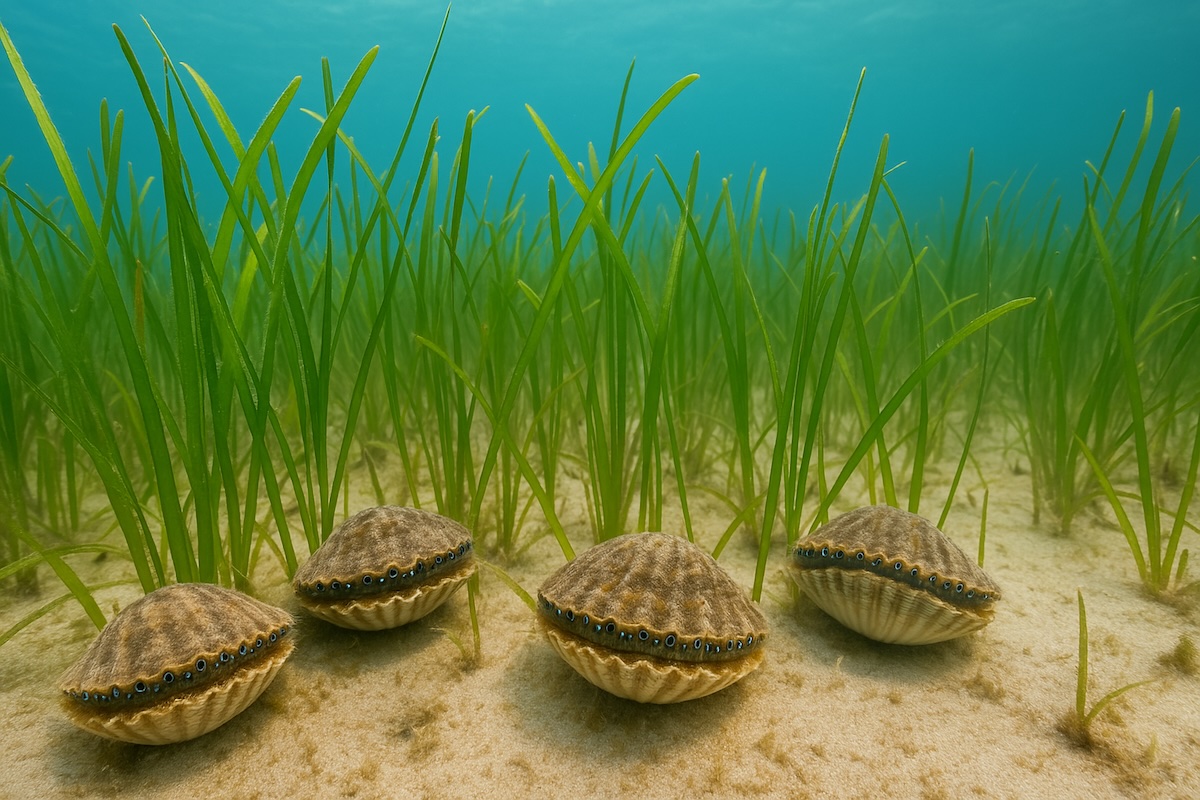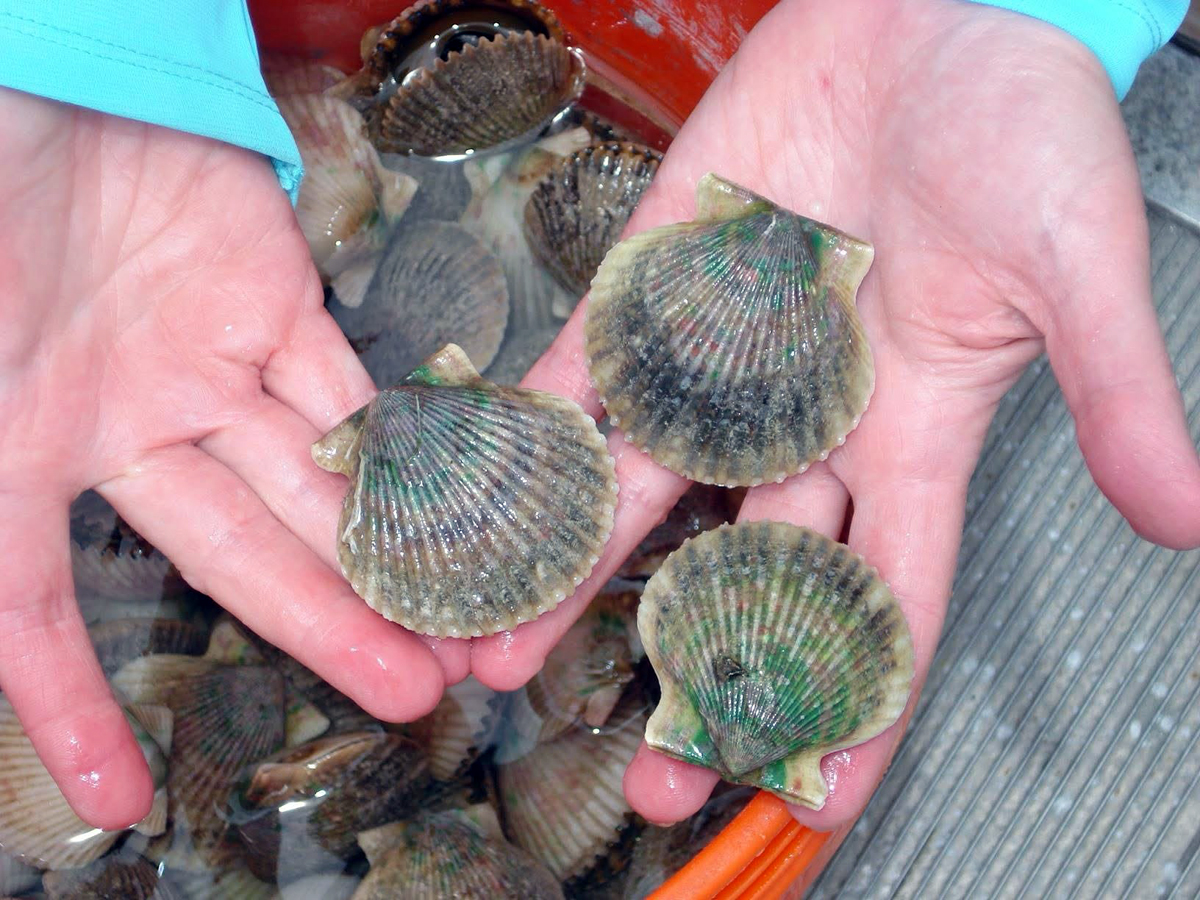Scallop season in North Florida is set by the Florida Fish and Wildlife Conservation Commission, but the dates vary by region and do not apply statewide. The area surrounding Econfina Sporting Club falls within the Big Bend management zone, which includes Taylor, Jefferson, Dixie, and Franklin Counties. This region has one of the longest-running scallop seasons in Florida and is widely known for consistent access, clear grass flats, and reliable summer harvest conditions.
The 2025 Season Dates
For the Big Bend region, the 2025 recreational scallop season is expected to run from June 15 through September 1. These dates apply to the same counties as in previous years and align with the traditional summer window that includes both early shallow grass flat access and deeper midseason scalloping.
June 15 marks the first legal day to harvest bay scallops in this region. The closing date is tied to Labor Day, which falls on Monday, September 1 in 2025. While these dates are standard based on past FWC calendars, final confirmation should be checked ahead of travel. In the absence of policy changes, this is the working schedule for Econfina-area waters.
What the Dates Don’t Tell You
Understanding the legal season is one thing. Knowing how the fishing unfolds across that window is another. Scallops are more accessible early in the season, especially within the first two weeks. During this time, most are found in three to five feet of water over clean, healthy grass. They are typically smaller in June, but more visible and concentrated. This is the most forgiving part of the season for new scallopers or those unfamiliar with the area.
By July, the beds shift deeper. Scallops move into five to seven feet of water, often settling near transition lines where grass meets open sand. They grow larger, but visibility becomes more variable. Rain runoff from inland sources darkens the water, especially on outgoing tides. Fishermen targeting these deeper beds need to rely more on current timing, sun angle, and patience.
In August, scallop pressure increases. Well-known spots become picked over. Remaining beds hold larger scallops, but they are more spread out and often located in zones with less boat traffic. These are not the first places people search, and they require better navigation and sharper observation. Experienced divers tend to do better in the late season simply because they know how to read the bottom and adjust to slight changes in clarity and current.

Local Conditions Around Econfina
Scalloping from the Econfina area means launching inland and navigating to the bay system by boat. This provides access to areas that are productive but less pressured than public beach or roadside entry zones. Flats near the mouth of the Econfina River, along with interior grass systems stretching east toward Steinhatchee, hold strong concentrations early and continue to produce deeper into the season.
Productive zones near Econfina are typically located over mixed bottom with healthy grass cover and firm substrate. Scallops do not hold over silt or heavy mud. Water depth is key, but bottom type matters more. Targeting edge zones, channel shoulders, and open grass shelves provides the best mix of visibility and activity. Local tide conditions favor morning trips. Afternoon storms are common, and runoff can reduce clarity significantly on the second half of the tide.
Late Season Patterns and How to Read Them
The end of scallop season is often the most dynamic period. By August, early-pressured beds are stripped clean, and storms begin to alter grass structure across shallow zones. Runoff shifts the salinity line back toward the bay mouth, forcing scallops into deeper troughs and harder grass edges that hold water longer between tides. Visibility windows narrow, and the best opportunities fall into smaller, more scattered pockets.
Success late in the season depends on reading these changes correctly. Productive ground may no longer be where it was the week before. Instead of looking for clear sand and thick grass, fishermen need to find channel shoulders where the grass is still upright and the current doesn’t churn up bottom silt. Longer swims and greater patience pay off, but only when paired with precision.
Access to scattered grass systems and the flexibility to move between zones matters more now than earlier in the year. Econfina Sporting Club provides exactly that, with launch routes that stay open even after pressure pushes others out. Book your trip now and take advantage of a fishery that rewards timing more than traffic.


